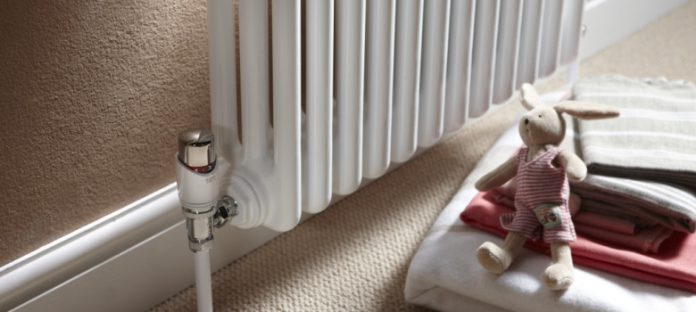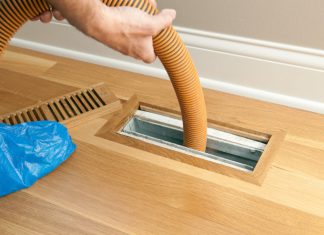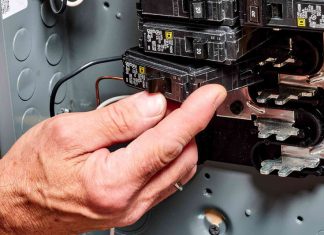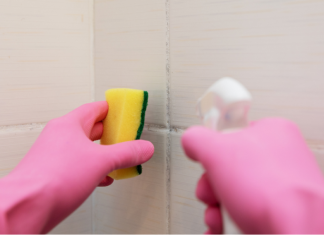Thermostatic radiator valves working
Appliances
They allow for precise temperature control in each room, providing a more comfortable living environment and helping to reduce energy consumption.
By installing thermostatic radiator valves (TRVs), you may easily and affordably control the temperature of the air in each individual room. Smart radiator knobs, if they are fitted correctly, allow for automated temperature adjustment and help you heat your house more effectively, hence reducing heating costs.
Will thermostatic valves be available for all radiators?
When compared to traditional manual valves, thermostatic radiator controls (TRVs) significantly save heating costs by allowing homeowners to shut off heat to unused rooms. Although thermostatic radiator controls (TRVs) can be installed on all radiators, leaving one radiator unmodified is recommended.
A bathroom, which needs constant heat, or the location of the thermostat are also good candidates for this. If your thermostat is located in the same room as your TRV-equipped radiator, the thermostat may malfunction because it may incorrectly interpret the temperature in the room and overcompensate by heating the house even more than necessary.
How exactly do thermostatic radiator valves work?
The valve may be set up in a variety of ways, each of which affects the rate at which water travels from the boiler to the radiator.
A capsule in the valve head expands when the room temperature rises, which allows a pin in the valve body to move, shutting the valve and reducing the amount of hot water entering the radiator. When the temperature in the room drops, a capsule in the radiator’s head contracts, pushing the pin out of the valve body and allowing hot water to flow into the radiator again.
How do you set up a radiator valve with a thermostat?
A smart radiator knob with a thermostat may be installed in just three easy steps. The TRV might be replaced using a similar method.
Remove all the air in your lungs
Take out all of the heat that’s there. All TRV-equipped radiators should be allowed to function normally. Use a bleed key and a hose to let air out of the radiators. When the water supply becomes dry, the previous valve must be opened.
Replace the old valve that you took out
To expose the primary toggle:
Remove the top
Use pliers and an adjustable spanner to remove the nut from the radiator pipe. When the pipe is no longer attached, it may be taken out to ensure there is no moisture left in the pipelines.
Take out the 15 mm pressure fitting from the valve base. Remove the valve from the radiator’s piping entirely.
Replace the old radiator valve with a new thermostatic one
Sometimes the old valve insert won’t work with the new TRV. The TRV insert has been rethought from the ground up for all new models. To avoid further complications, it would be best to uninstall the old version. Put a standard hex tool into the opening, and then use an adjustable spanner to loosen the part. Insert the new PTFE-coated insert into the radiator and fasten it in place using the provided hardware. Both the nut and olive can be used even if they have matured. Simply loosen the nut and pull the olive out with pliers to swap them out.
Activate the water main
Once you’ve finished making sure no loose ends remain, you may power everything back up. Turn off the water to the radiator and seal the bleed valve.
Before a new heating system can be installed, the water must be switched on. Keep an eye out for dripping from the new connections. Once you’re sure the new radiator valve is set up correctly, turn it on. Open the radiator’s water valve. If there are no leaks, everything should be OK.
FAQs
Should I set up thermostatic radiator controls?
Absolutely, yes. You’ll save money and energy by regulating the temperature in each and every area of your home or business.
Can you recommend an ideal temperature for thermostats?
Do not maintain a temperature of 11 degrees Celsius in your radiators during winter (well, 6). Two to three degrees Celsius is ideal (15–20 degrees Celsius). Just leave it alone and you’ll be impressed by how nicely it does its function. It’s pointless to try anything else.
When the clock strikes three, what exactly is the temperature of the radiator?
Setting “3” often equates to about 20 degrees Celsius, which is close to the ideal temperature range of 18-21 degrees Celsius.
Conclusion
With a standard TRV, the radiator’s temperature may be adjusted, resulting in significant energy savings. Typically, a 0–5 scale is used for manual temperature control. Imagine if you could control the temperature of many rooms with the tap of an app button, no matter where you were in the world. It may be helpful to have a programmable thermostat for the radiators!
You’ll have a lot more say in how warm your home gets with the help of smart TRVs. Each space may have its own thermostat, allowing for greater energy efficiency. These TRVs, in conjunction with a mobile app for controlling the thermostat, allow for more efficient heating and lower energy costs. This not only guarantees the comfort of your family at low cost, but also minimises your overall household expenditures.
Using a Tado Smart Radiator Thermostat is a great way to cut costs and reduce your impact on the planet.















